A Symphony of Light: Itchiku Kubota’s Indulgent Kimonos
Hidden within the wooded hills of Yamanashi in the shadows of Mount Fuji, Japan is a rare treasure trove: The Itchiku Kubota Art Museum, dedicated to the great Japanese master of textiles Itchiku Kubota (1917-2003). It was Kubota’s dream to open such a museum to house his vast archive of textile art, one that he saw come to fruition during his lifetime when the museum opened to the public in 1994. The museum sums up Kubota’s legacy with a stunning array of his intricately woven and hand-dyed kimonos on display, set inside a pyramid structure which has been designed to co-exist harmoniously with the surrounding gardens, with an aim to present audiences with “the world of Itchiku.”
When Kubota was just 14 years old, he left school to train in Tokyo with the Japanese kimono artist Kobayashi Kiyoshi. Here he learned a series of fabric decorating techniques, including a hand-painted paste-resist dye technique called ‘Yuzen’. By the time he was 19 years old, he had established his own dyeing studio, where he began producing kimonos.
When he was 20 years old, Kubota saw a historical textile fragment at the Tokyo National Museum that had been treated using the highly complex, traditional ‘Tsujigahana’ dyeing technique which flourished from the 14th-16th centuries, during the Muromachi to early Edo period, before disappearing from Japanese culture forever. The lost art comprised a complex and laborious process of tie-dyeing adorned with passages of embroidery, along with brush painting, ink drawing and passages of gold leaf, producing an effect once known as “illusionary dyeing.”
Fascinated by the intricate complexity of the process, Kubota became obsessed with how to recreate the effects within his own practice. He recalled in an interview, “I gazed intently at that small piece of fabric exuding a subtle and profound atmosphere … it carried a quality that was almost plaintive and mysterious.” He added, “In a sudden moment, I encountered a source of boundless creativity which revealed to me my calling.” But there was one simple problem – there were no surviving documents that described how to produce Tsujigahana, and the nerinuki silk fabric traditionally used was no longer available.
After many years of hardship during World War II, including a spell as a prisoner of war, Kubota was finally able to return to his textile work in producing traditional kimonos, many for stage and theatre productions. Along with producing kimonos with Yusen fabrics, he experimented freely with a way to recreate the lost Tsujigahana process. But he struggled for many years with how to achieve an exact likeness. Instead, Kubota finally chose to invent a new, modern interpretation of the traditional technique, which he came to call Itchiku Tsujigahana, blending the traditional aesthetic of the past with his own contemporary vision. He replaced the fine silk with a modern silk crepe fabric, and used a series of synthetic rather than natural dyes to achieve the same dazzlingly vivid colours.
After unveiling his art for the first time to the public and achieving widespread praise for his exquisite craftsmanship, Kubota moved on from creating individual kimonos to working on a large series of works, titled Symphony of Light. His ambitious aim was to produce a vast series of 80 kimonos, each one treated as an expansive canvas, which would flow from one to the next, illustrating together what he called the “grandeur of the universe.” Such was the amount of work dedicated into each individual kimono, Kubota was only able to complete 40 of the series before his death in 2003. But by this point he had already earned great critical acclaim for his widespread role in the Japanese textile and costume industry. Meanwhile his legacy survives today not just through the fascinating museum that preserves his greatest works, but also by his family and studio apprentices, who have continued to work on and develop his intricate and revolutionary practice.





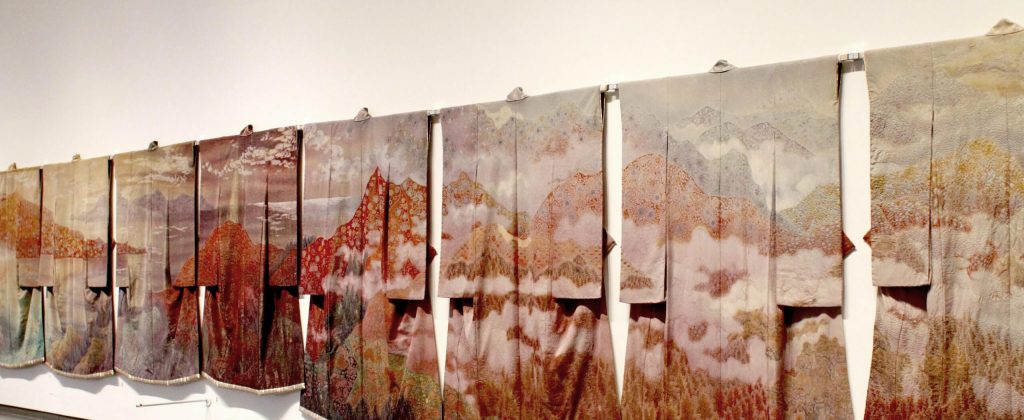
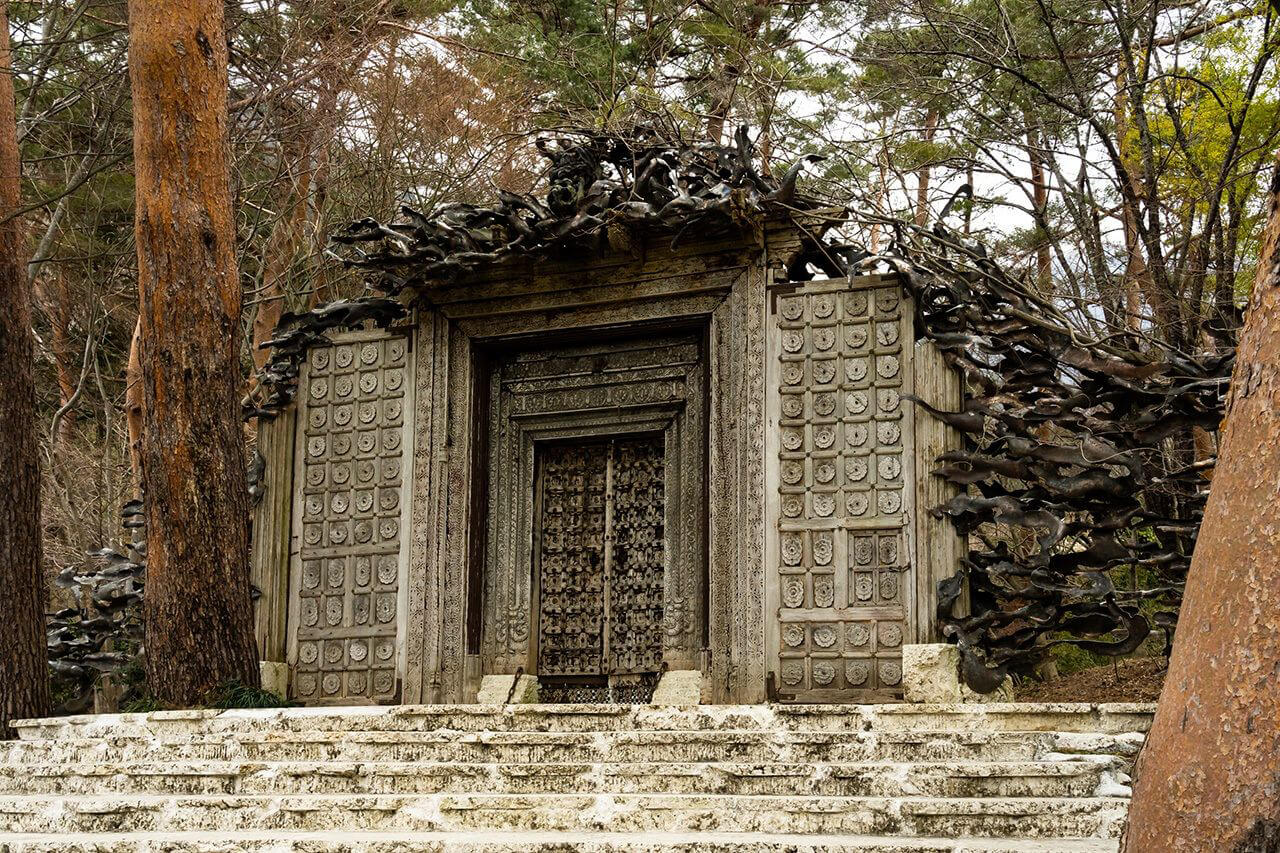
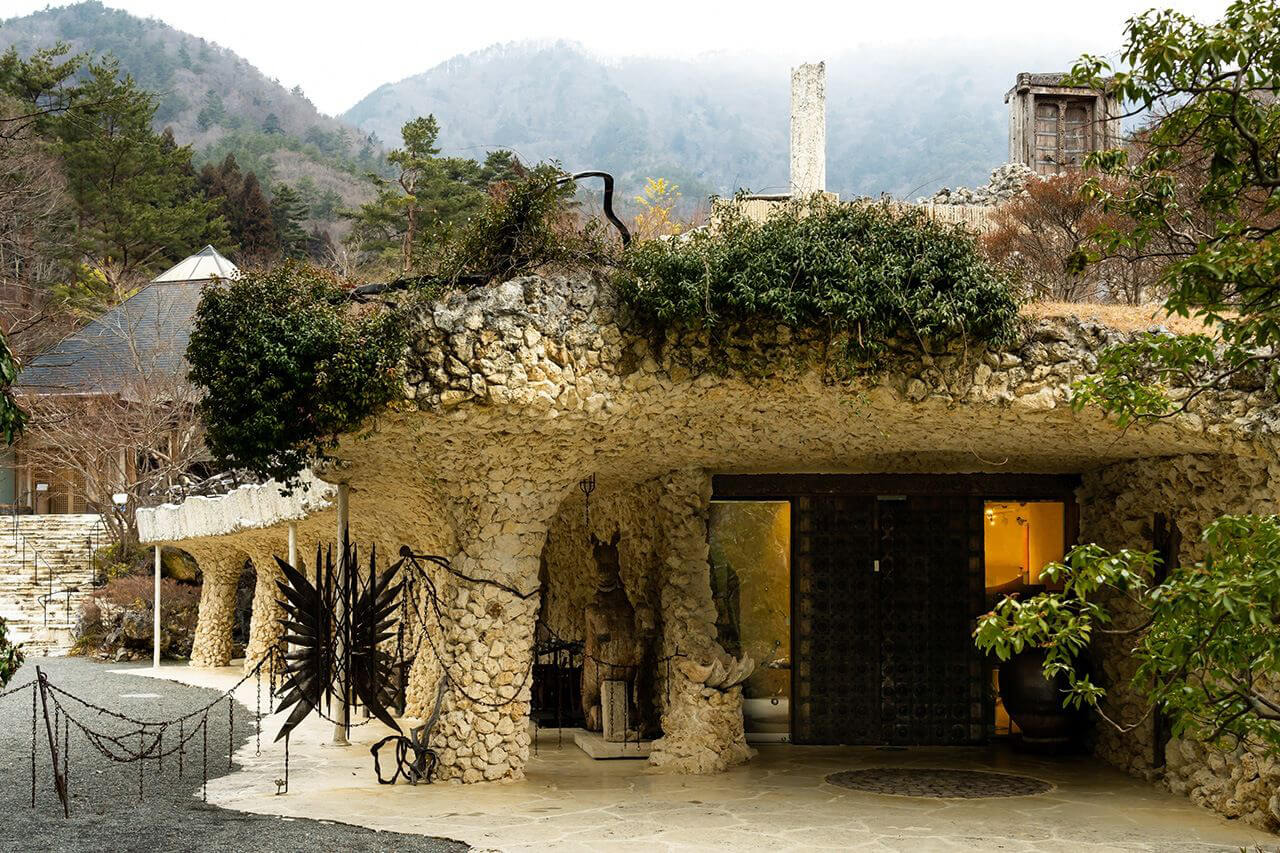
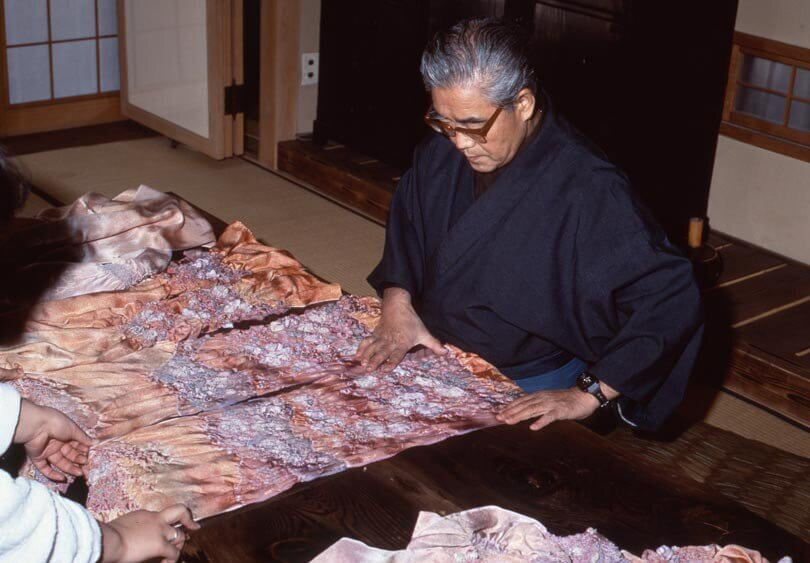
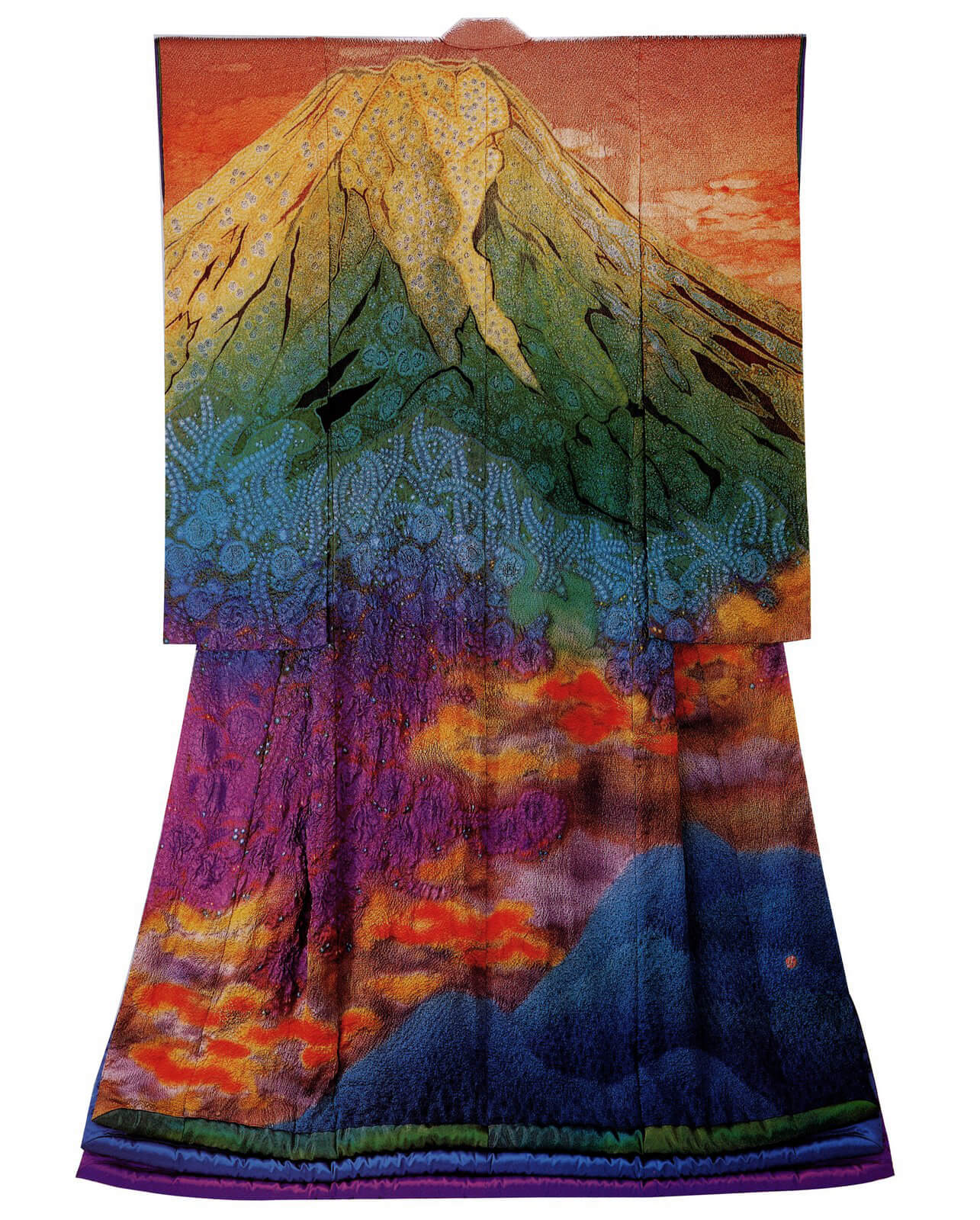
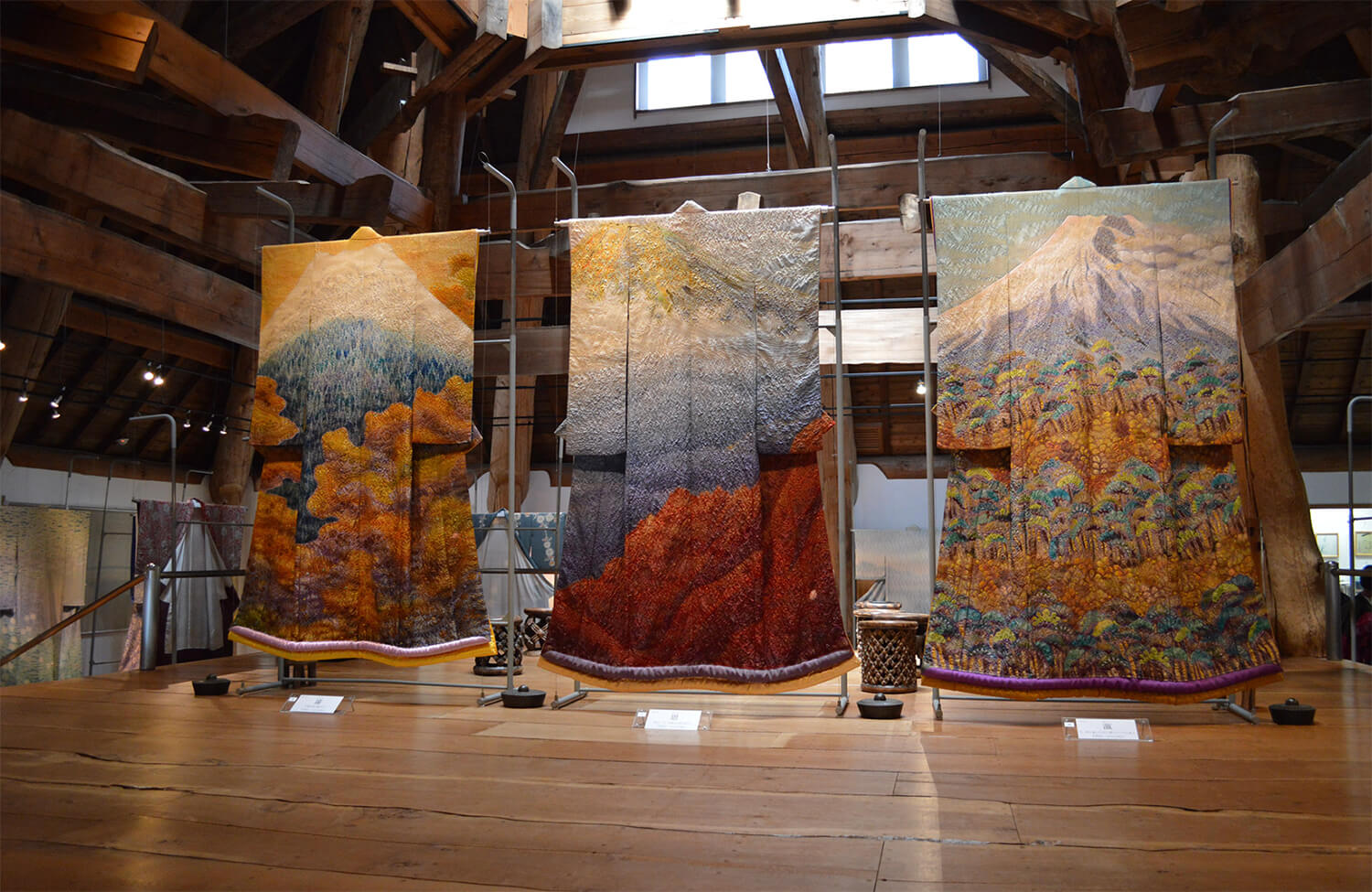

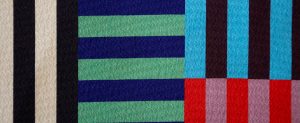

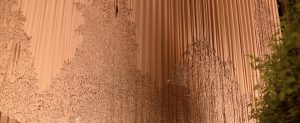


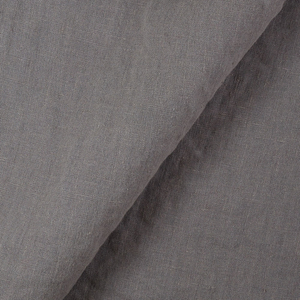
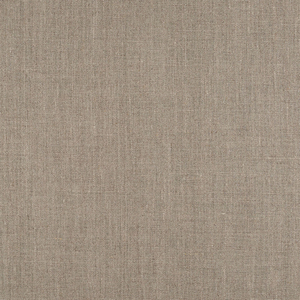
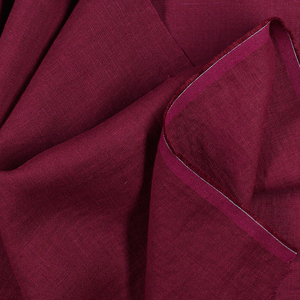
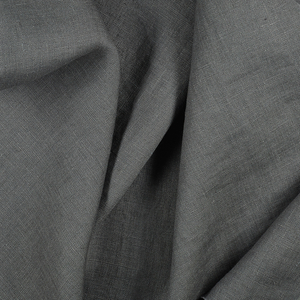

















7 Comments
Linda Hobden
This article was a great surprise, I’d just learned about Kubota this summer from his inclusion in one of my kimono books (Kimono Now) but hadn’t followed up – your detail was wonderful, and I hope to return to Japan and visit his museum. Whether I’m learning from you about an artist or topic for the first time, or it’s a chance to remember and further explore something I was already familiar with, your writing is such a fantastic addition to the Fabrics-store website and keeps me tuned in to see what’s next. Really appreciate it.
Michelle Johnson
I had the pleasure of seeing 30 of his pieces displayed in a seasonal sequence in 1995 at the Smithsonian in DC. It was one of the most memorable shows I’ve ever seen. This was fiber ART in its most exquisite form.
Kaoime Malloy
I’ve been to the Itchiku Kubota Museum. Nothing can really prepare you for seeing these incredible works in person. Pictures simply don not capture the detail and textures. Not only are the pieces unimaginably beautiful, the staff is kind and generous, taking the time to show you the work and discuss each in detail. It’s an experience that I treasure.
Marian Spadone
Oh! Oh! Oh!!! Thanks so much for sharing this. I’ve never heard of this person, though I have long been fascinated with kimono. What a treasure! I’m inspired and just so grateful to you for sharing these photos and information. I’ve enjoyed your articles..
Mary Bradley
Thank you, Rosie, for this fabulous article, and all the others you have written. I so look forward to your articles – they are a constant source of inspiration. I didn’t know anything about Kubota before, but now I will set out to learn more, and hopefully see his works in person. Please don’t stop writing!!
Diane Kenny
Thanks so much for showing us this man’s beautiful work!
Eva Simms
His work was exhibited at the Canton Museum of Art (Ohio) in 2009. The 30 completed kimonos form a seasonal sequence and were breathtaking. The craft is almost unbelievable and the colors and textures of the silk were unlike anything I have ever seen. It was like moving through a magical unfolding of light and weather around Mount Fuji. Thank you for sharing this.